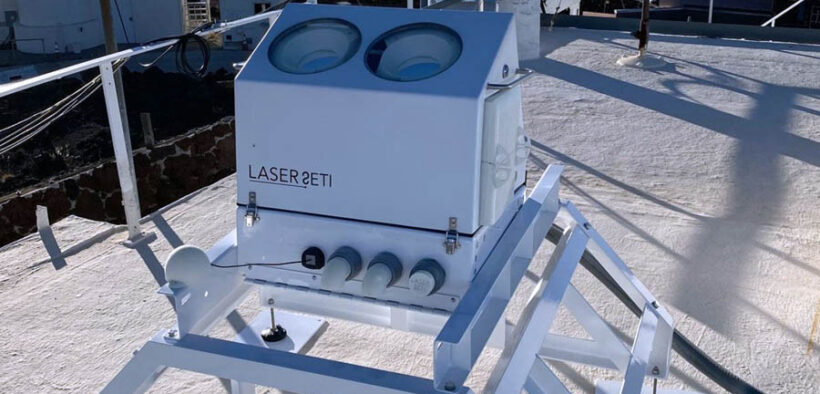LaserSETI expands sky search with first Puerto Rico installation

The SETI Institute’s LaserSETI project is expanding to Puerto Rico, marking a new step in the effort to detect technosignatures — potential signs of extraterrestrial technology — using visible light.
The new observation station will be installed on the rooftop of a marine sciences facility on Magüeyes Island in Lajas, through a collaboration with the University of Puerto Rico, the organization announced.
LaserSETI departs from traditional radio-based search methods by scanning the night sky for millisecond-scale laser pulses, which are not known to occur naturally. Each station uses two compact cameras with diffraction gratings, which split incoming light into component wavelengths, to detect extremely narrow laser wavelengths that could indicate signals from advanced civilizations.
Built from commercially available components, the instruments are designed for cost-effective, worldwide deployment.
Before 2024, LaserSETI had stations in California and Hawaii, covering roughly 19% of the night sky. With a new site added in Arizona earlier this year and the forthcoming Puerto Rico station, total coverage is expected to reach nearly 30%, according to LaserSETI.org.
Each station is positioned to provide overlapping views for cross-verification of any unusual signals.
The Puerto Rico installation brings LaserSETI closer to its goal “continuous, all-sky monitoring” and strengthens the island’s role in space science. The partnership with the University of Puerto Rico continues the island’s legacy in astronomy, following decades of leadership in radio-based observation through the former Arecibo Observatory.




